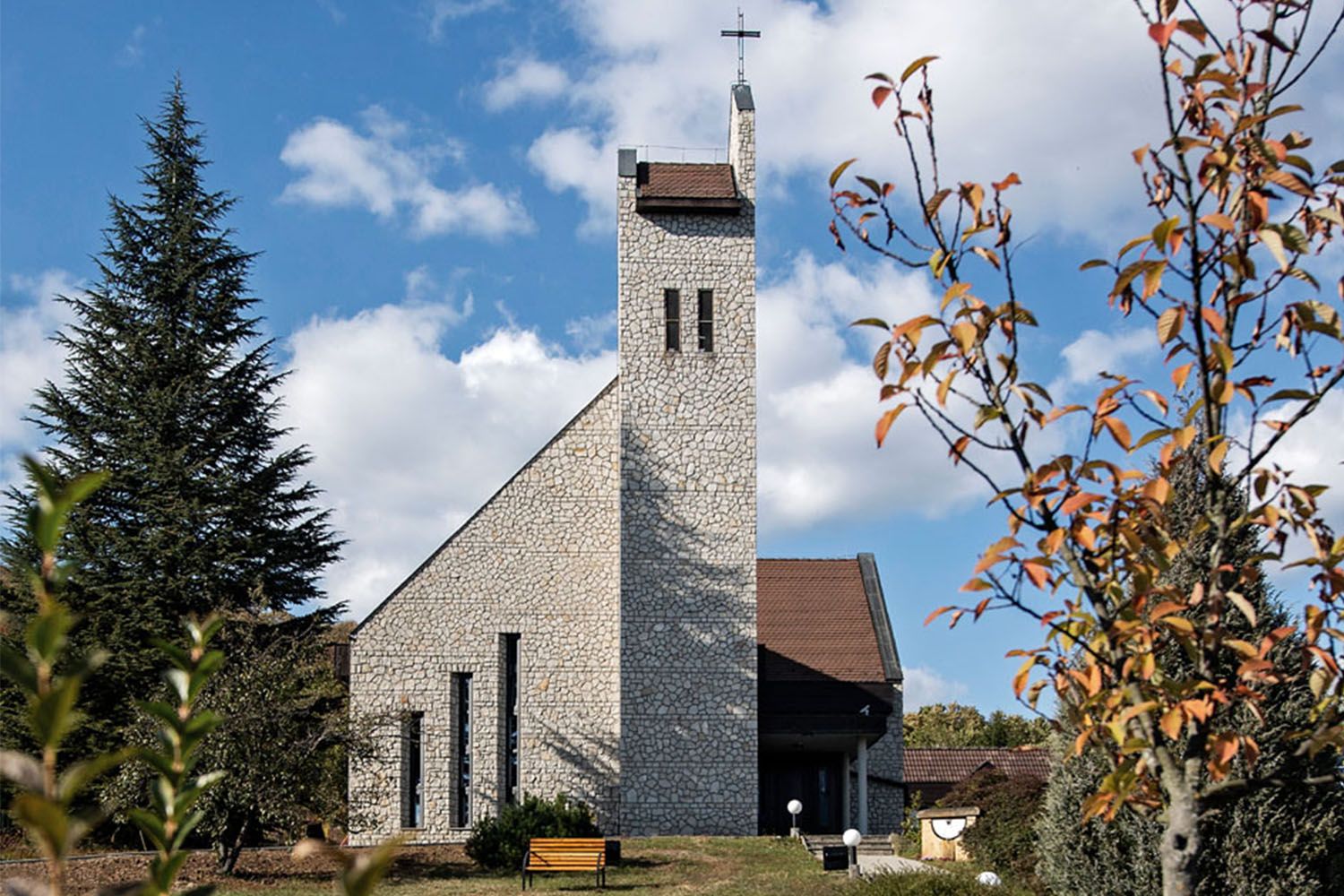From the country’s largest basilica to the northernmost mosque of the Ottoman Empire or a globally significant work of Hungarian Renaissance architecture—accompanied by “architectural storyteller” Dávid Zubreczki, we can again enjoy a good walk, this time, in one of the most beautiful areas of Hungary, the Danube Bend. As a sequel to the book Templomséták Budapesten (Church walks in Budapest), a new architectural guidebook, Templomséták a Dunakanyarban (Church walks in the Danube Bend), has been published!
We can have many reasons to visit the Danube Bend, but while we’re on a hike or a nature walk, it is also worth lingering here for the architecture, art and history of the area. Dávid Zubreczki’s new book presents all this in an easy-to-read, pocket-sized format, with interesting background information. “It practically came up already while I was writing the Templomséták Budapesten, that it would be nice to continue the trip in some way. Therefore, we were looking for a landscape with László Kedves, the publisher of the book, that was small enough to ‘fit’ in one volume but at the same time diverse and exciting enough in its church architecture. And the Danube Bend is just like that,” Dávid highlighted.
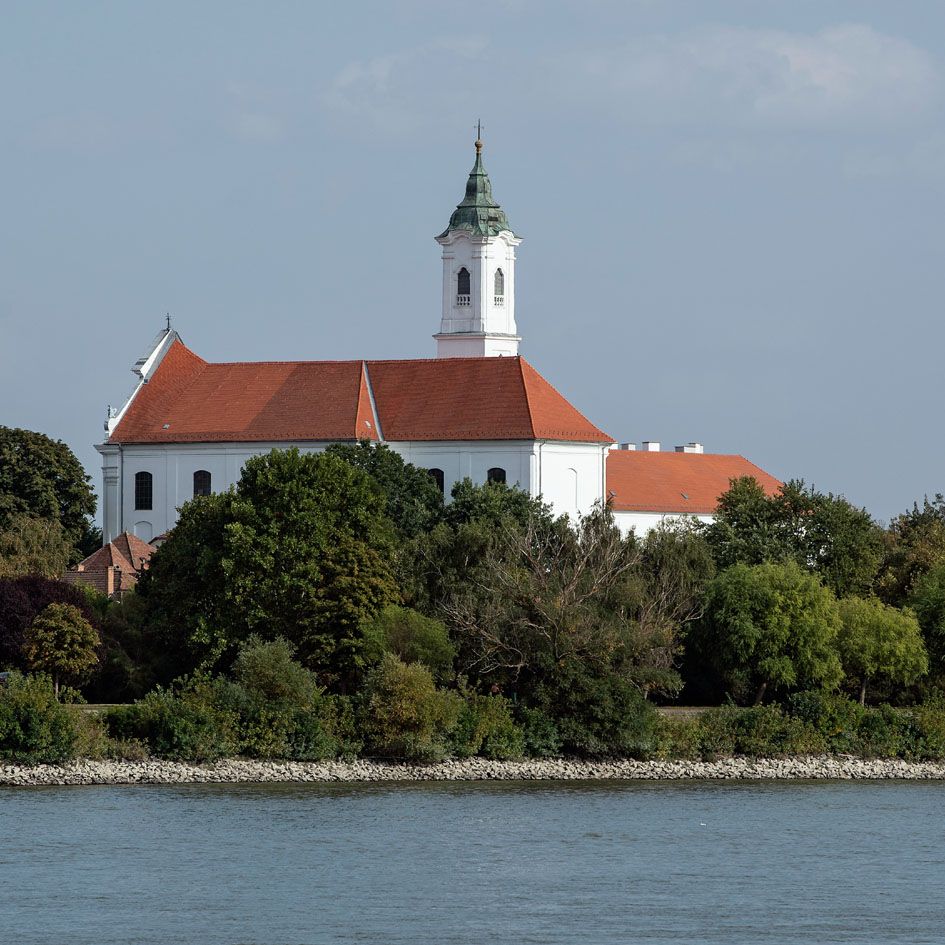
Although the author grew up in Budapest, other personal factors inspired his choice of location. “I was a keen birdwatcher in primary school, so we used to visit some part of the Danube Bend almost every week. We used to go on long hikes in the Visegrád Hills and Börzsöny, watch waterfowl from the banks of the Danube with telescopes in winter, and in summer, we went to a ringing camp at the southern tip of Szentendre Island. The love of architecture came later, but the landscape very soon felt like my own,” he added.
The aim of the guide is the same as the previous volume on Budapest: to draw attention to the fact that, regardless of religious affiliation, or even for a non-believer, these buildings represent a wonderful architectural, artistic, and cultural value. As a result, the charming Baroque churches of the Serbian Orthodox are as much a part of the book as the bicentennial Reformed churches, the chapels of the vineyards, the mysterious ruins of medieval monasteries, or the unique works of contemporary architecture. The more than a hundred and fifty churches and chapels in the line-up are rounded off by photographs by János Bődey. “The unique atmosphere of the Danube Bend book is thanks to him; for me, it perfectly captured everything that this region represents. The appearance of the book turned out to be just as striking as the Budapest one, which was illustrated with pictures by another great photographer, Attila Gulyás,” Dávid noted.
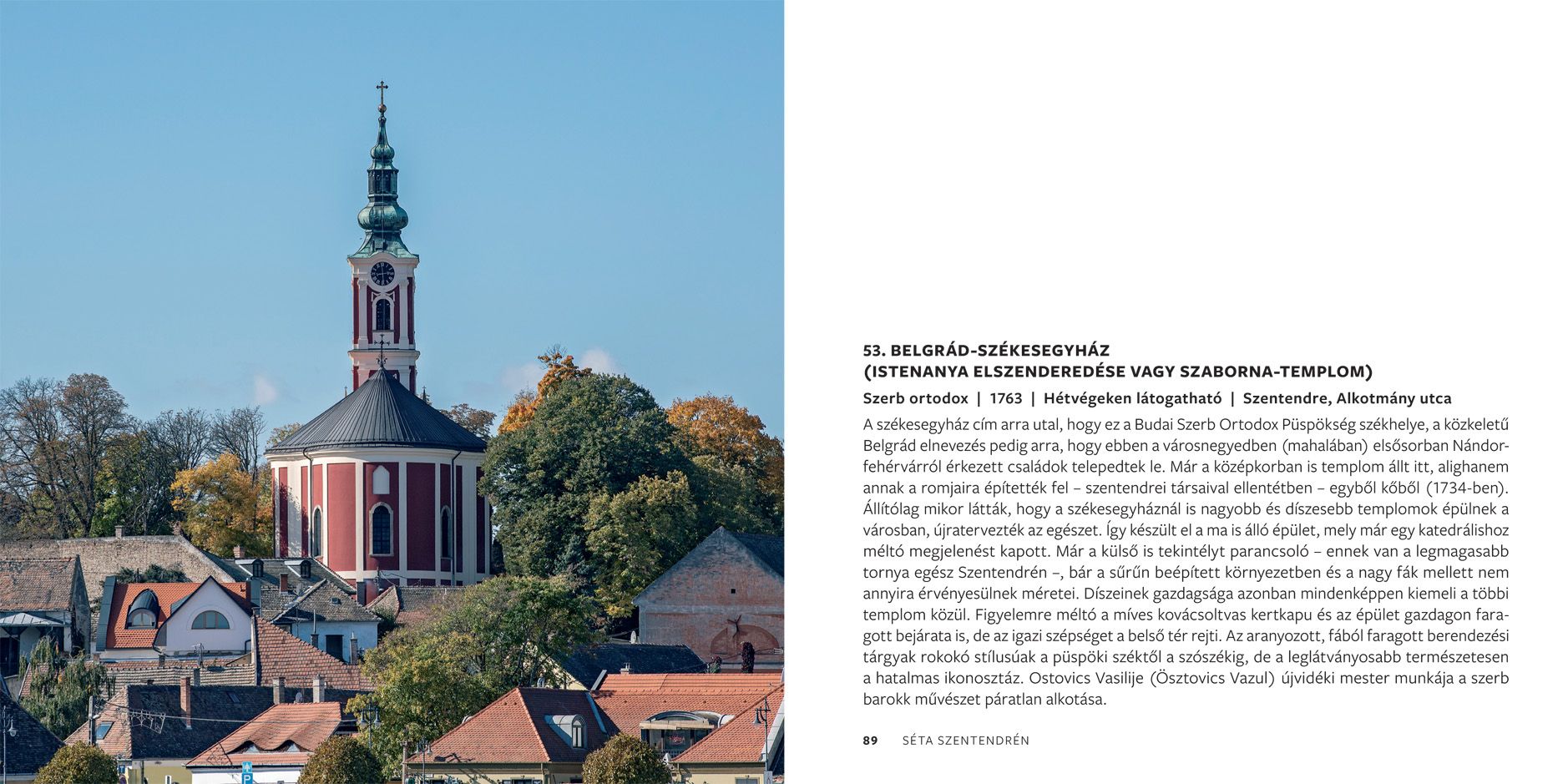
Compared to Budapest in the first volume, the Danube Bend has a much smaller proportion of twentieth and twenty-first-century buildings. “This area—apart from the agglomeration of the capital—was not developing by leaps and bounds at that time, and there wasn’t a need for so many new churches. Accordingly, however, it has architectural monuments of unparalleled value from the eighteenth and nineteenth centuries. It also has a different religious make-up than the capital, for example, many more Serbian Orthodox used to live here once. Their art—especially the decoration of their churches is a unique treasure of the Danube Bend. If we look back even further, this region was the center of the Kingdom of Hungary for centuries. Although mostly only ruins of medieval architecture remain, even these are of unique value. The list could go on and on,” Dávid explained.
The structure of the book intends to follow the structure created in the Templomséták Budapesten book: all the buildings in each city are strung out over walks of up to five kilometers. This time, too, you can find routes specifically for cyclists (on Szentendre Island) and sites that can be visited on walking tours (in the Visegrád Hills and Börzsöny). Since you can’t walk through the villages along the Danube, they are included in the book as journeys—luckily, there are plenty of options around to choose how you want to get around: by bike, car, boat, kayak, canoe, bus, HÉV or even by train.
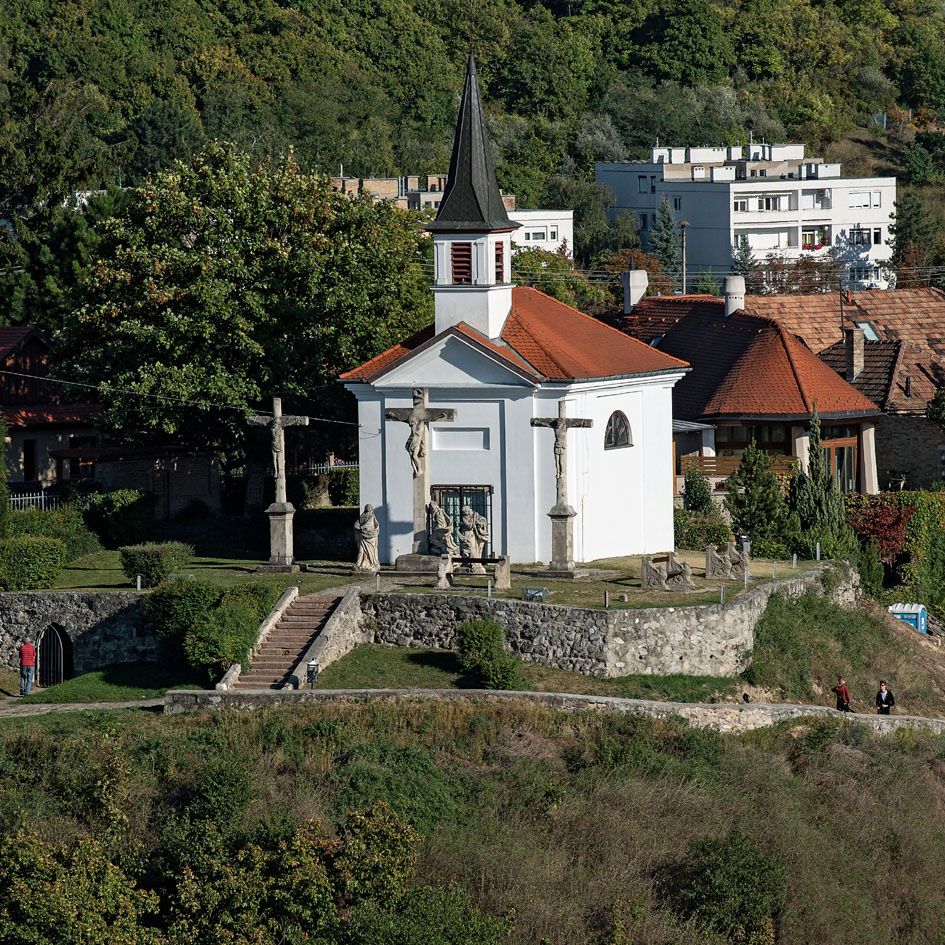
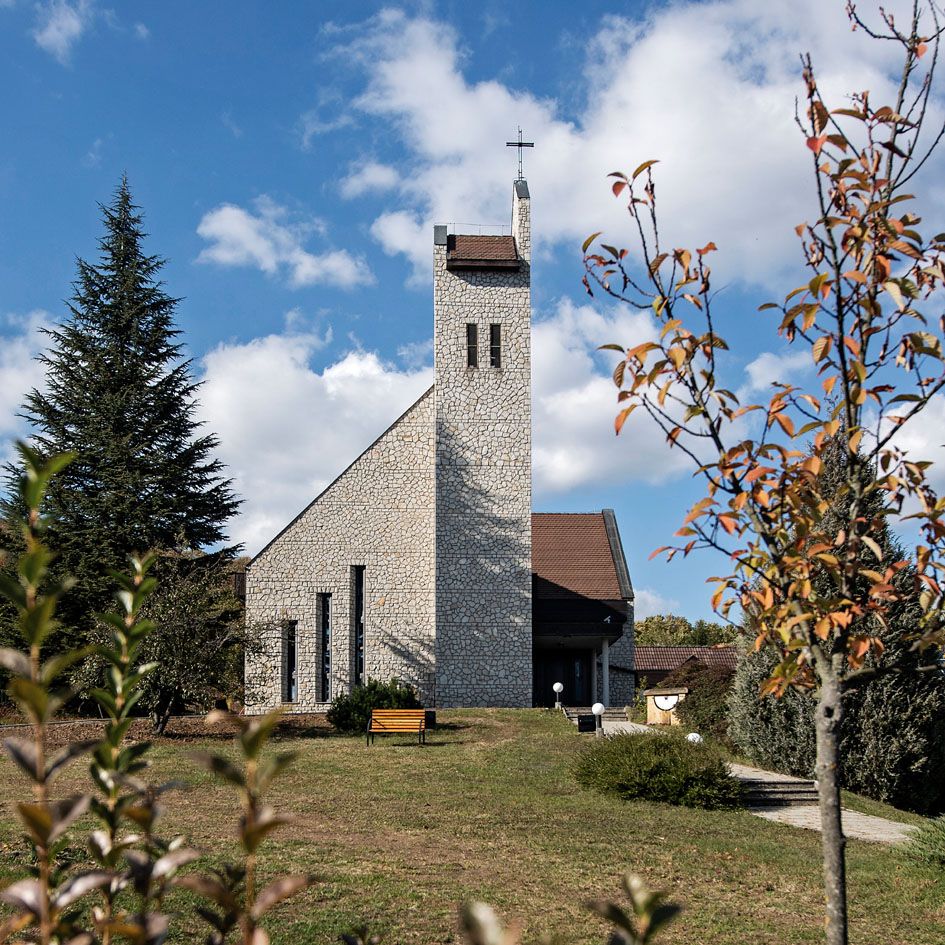
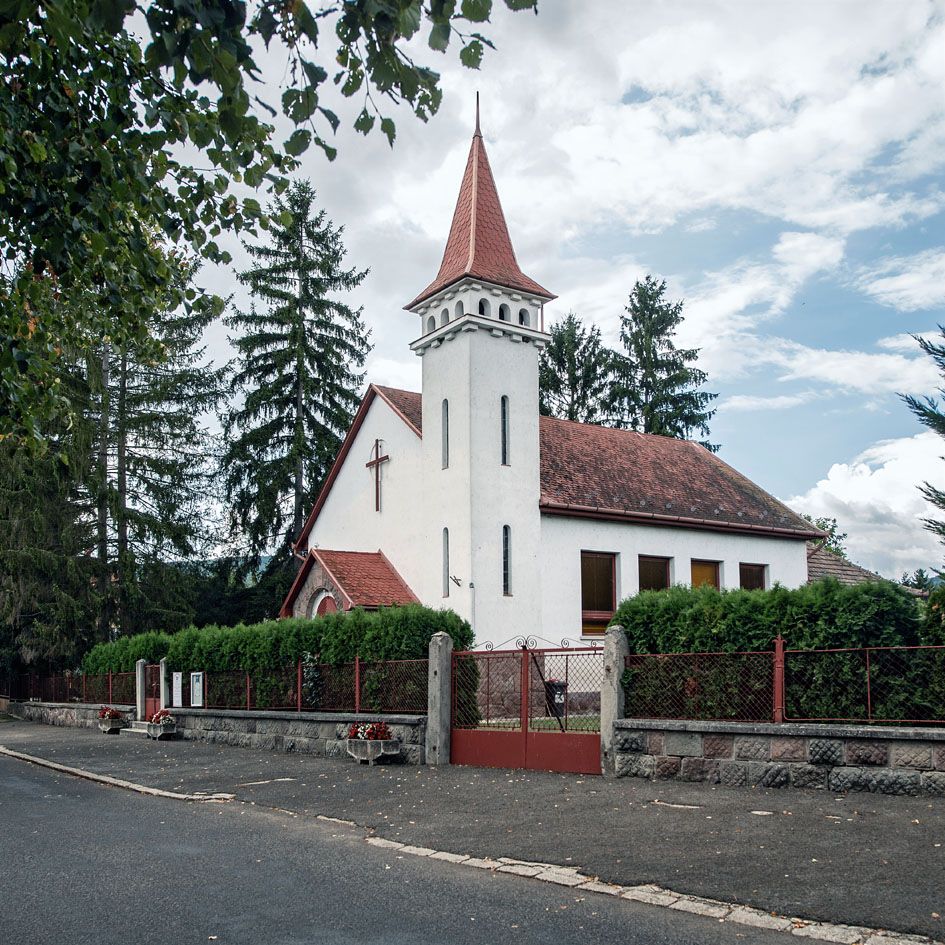
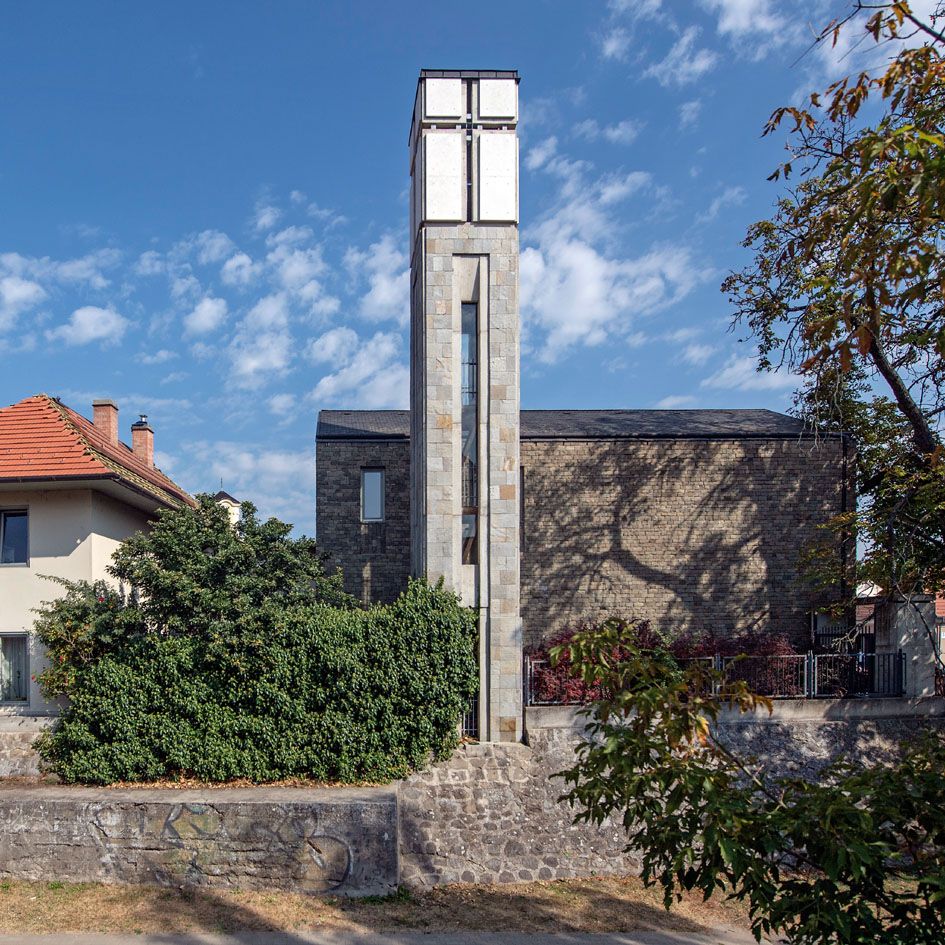
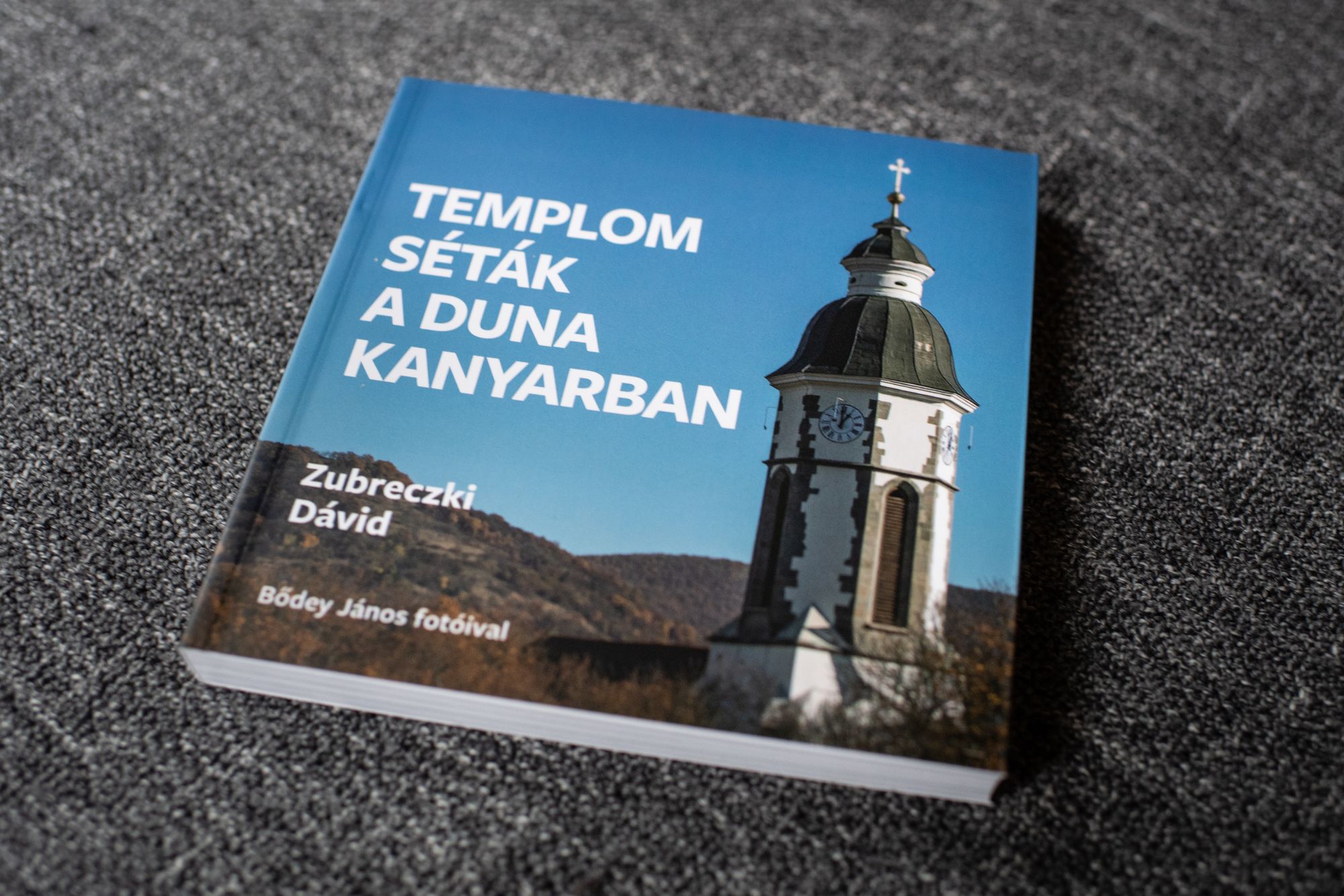
The book Templomséták a Dunakanyarban is available in many bookshops or be purchased from the author’s website.
Photos: János Bődey
Dávid Zubreczki | Web | Facebook | Instagram
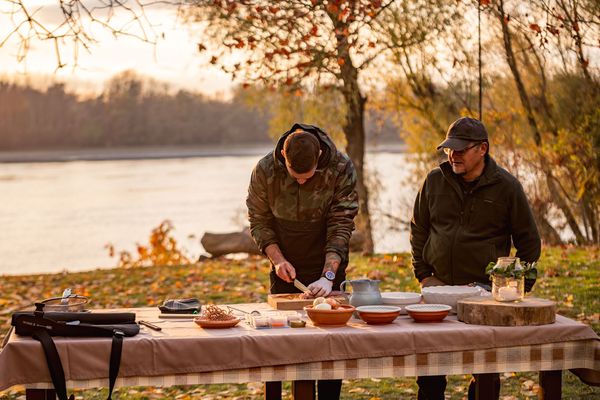
From the Dunakeszi specialty café to the perfect fisherman’s soup experience | Piqniq Pack—Part 1
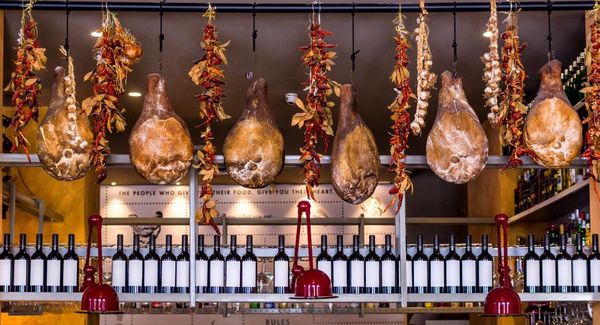
Christmas menu from the traditional dishes of the region—with recommended restaurants | TOP 5










